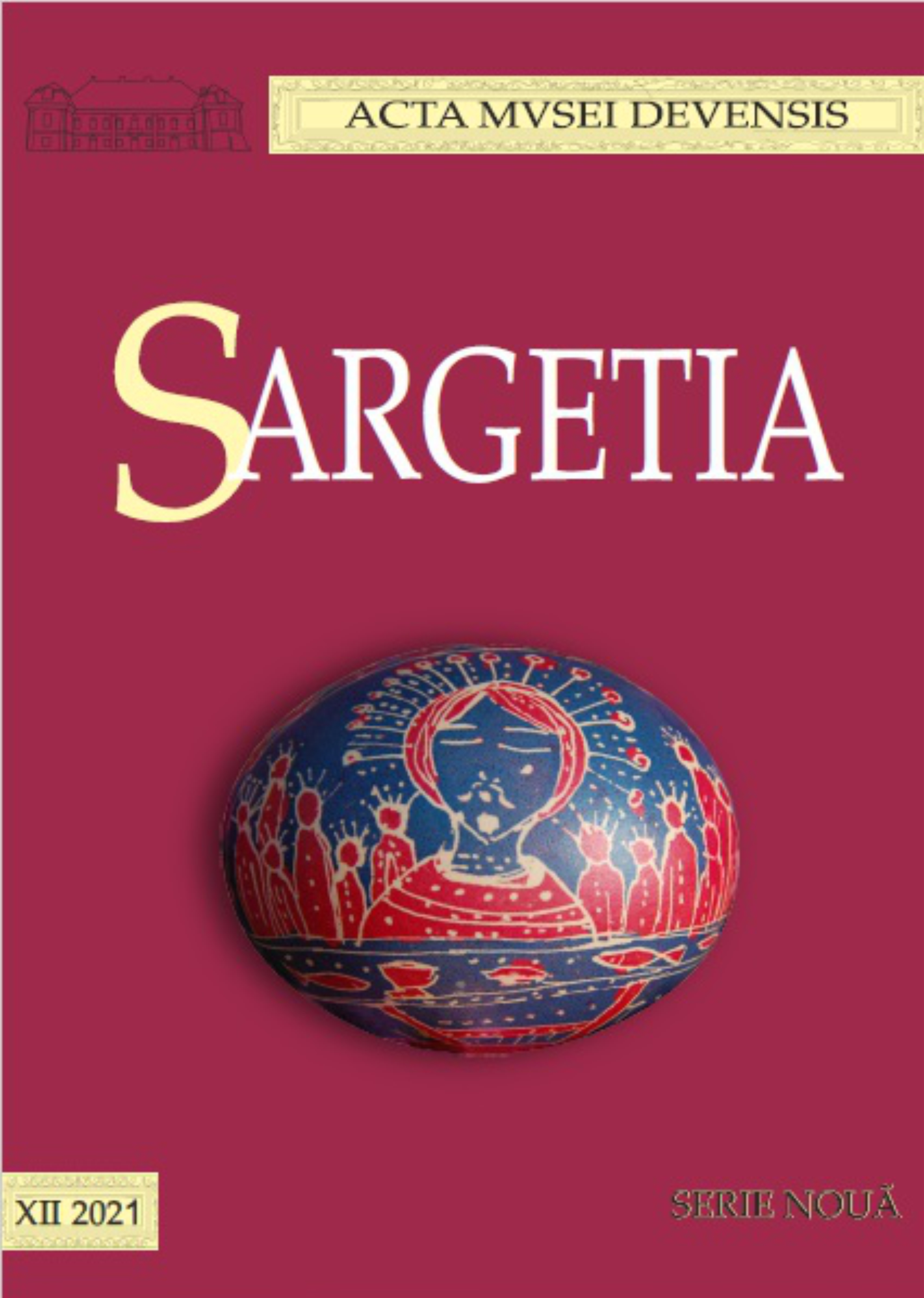Contribuţii la repertoriul arheologic al localităţii Mihai Viteazu (Aranyosszentmihály). Situl din punctul Canton Drum/Saj-kut (comuna Mihai Viteazu, judeţul Cluj)
Contributions to the Archaeological Repertoire of Mihai Viteazu Locality (Aranyosszentmihály). Canton Drum/Saj-kút Site (Mihai Viteazu Commune, Cluj County)
Author(s): Adrian Socaci, Cosmin Mihail CoatuSubject(s): History, Archaeology, Ancient World
Published by: Editura Altip
Keywords: Arieş District; Mihai Viteazu (Aranyosszentmihály); Canton Drum/Saj-kút; field research; archaeological materials;
Summary/Abstract: The location known as Canton Drum is in Mihai Viteazu (Aranyosszentmihály) village (Fig. 1-2; Pl. I/a-b), near the road junction connecting the highways Transylvania and Turda-Sebeş, south-east from the settlement, on the third terrace of the Arieş river. During the Austrian-Hungarian period, the place (located to the south-east from the former Alsózentmihályfalva/Sînmihaiul-de-Jos) was popularly named by the people Saj-kút (Fântâna Şai) after the name of the well pole located at the base of the hill (Fig. 3). The archaeological finds are scattered across a wide area and consist of prehistoric ceramic shards and lithic tools, Roman and post-Roman ceramic shards and Medieval ceramics. The prehistoric finds located on the surface, although scarce, give evidence about the existence of a small settlement, of undetermined size, with a natural defence towards the north-east. Also, the location of the prehistoric settlement allowed the surveyance of the communication pathways that connected south of the contemporary city of Turda. Following the Roman conquest the agricultural land nearby was exploited by the new arrivals, the numerous traces indicating intense human activities; the rural settlement was part of the ancient territory of Potaissa. In the early Middle Ages there was at least one hamlet, pottery could signal the traces of the old settlement Zent Mihel-falwa (1170/1176). In fact, from the Middle Ages until the modern period both Sînmihaiul-de-Jos (hu.=Alsoszentmihályfalva) as well as Sînmihaiul-de-Sus (hu.=Felsőszentmihályfalva) belonged to Scaunul Arieşului (hu.=Aranyosszék). The two villages will form the modern settlement Aranyosszentmihály (Sînmihai), that will belong administratively and territorially to the Turda-Arieş County (Torda Aranyos). We believe that more precise information related to the culture strata and the limits of the settlements, the manner in which they succeed each other and their chronology, can be obtained following more archaeological research of the areas discussed. With regards to the materials we have analysed (Pl. II-III), particularly the extremely fragmented prehistoric ceramics, the difficult tasks were establishing the chronology, the culture to which they belonged, notes about the shape and the decorations. We would like to mention that the Roman materials, much more numerous, will be analysed by other authors.Further on, we have put forward several working hypotheses regarding the possible role the habitation played during the course of time.
Journal: Sargetia. Acta Musei Devensis
- Issue Year: 2021
- Issue No: 12
- Page Range: 93-114
- Page Count: 22
- Language: Romanian

